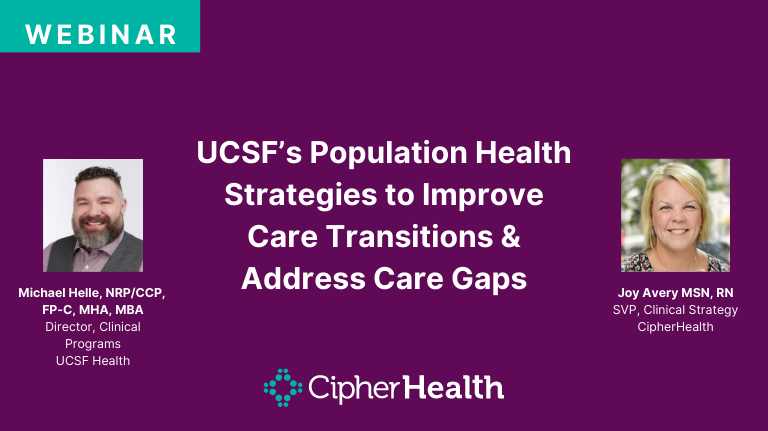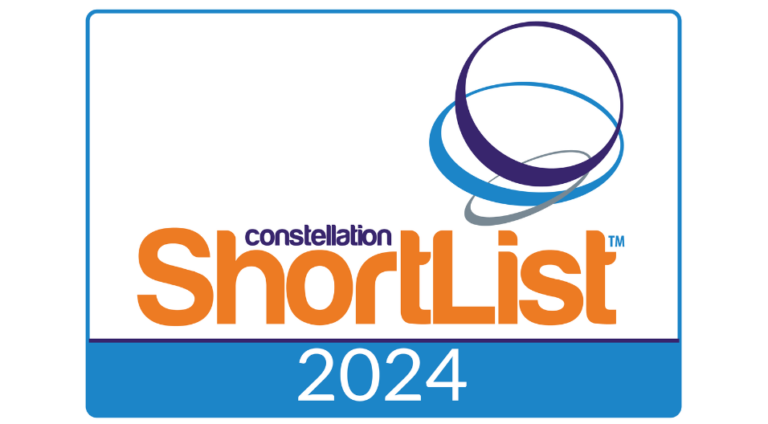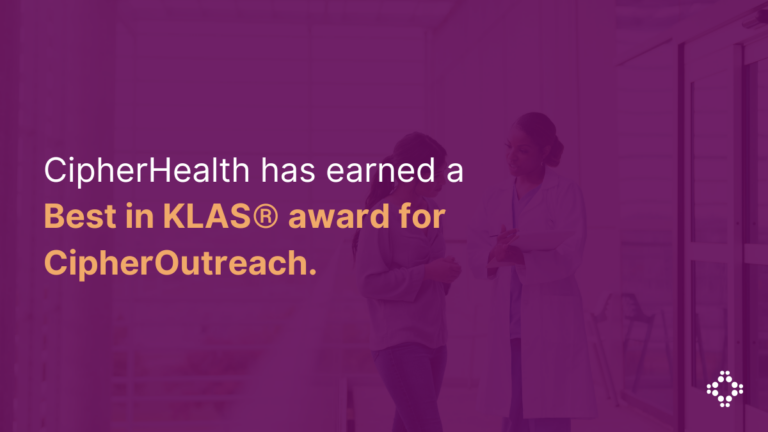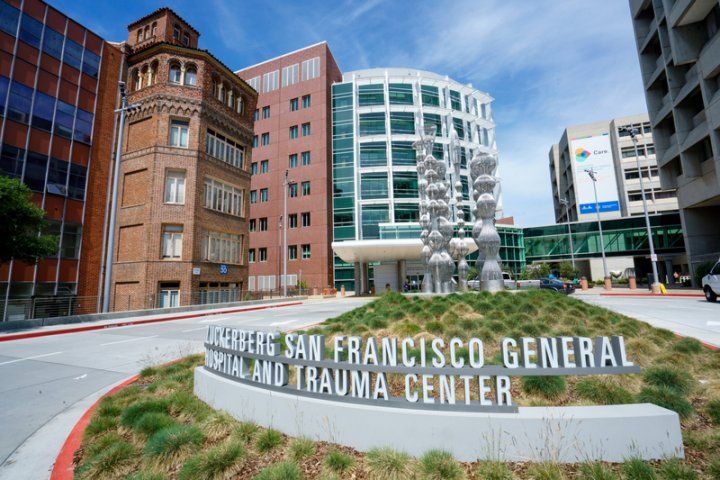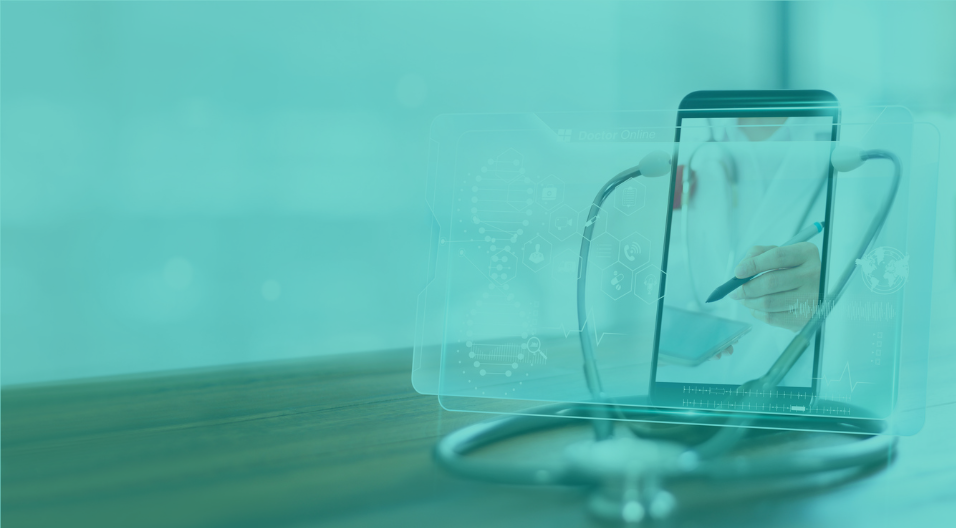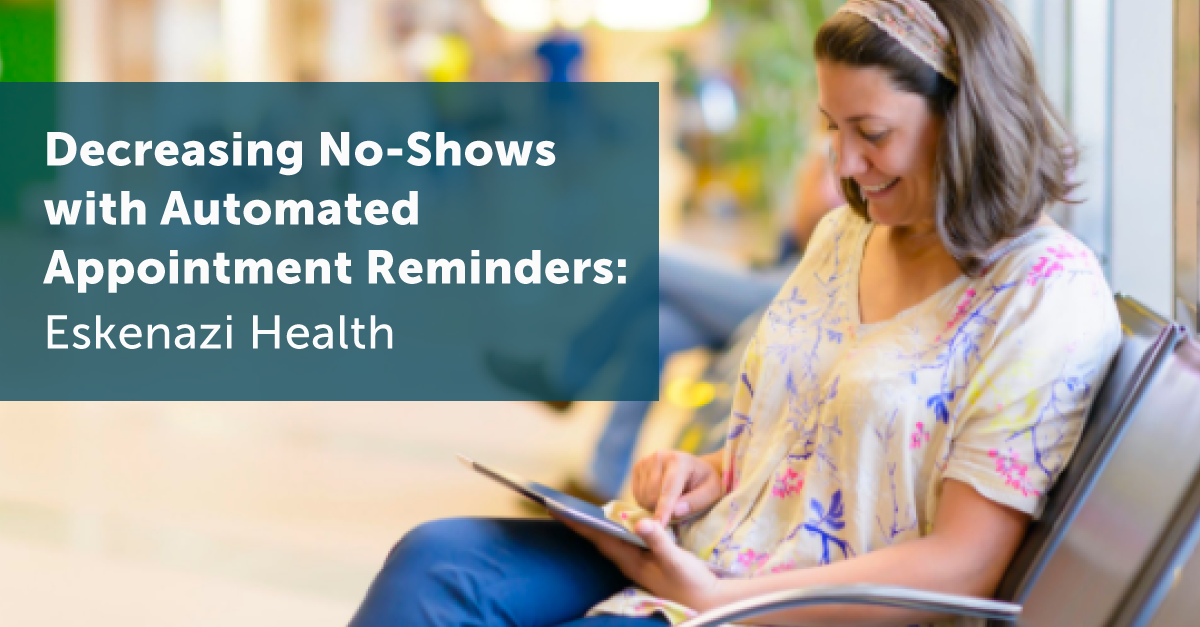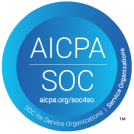A conversation with Dr. Shreya Patel, Assistant Clinical Professor Medicine, Gastroenterology, Zuckerberg San Francisco General Hospital
Zuckerberg San Francisco General Hospital (ZSFG) is a safety-net hospital affiliated with the University of California San Francisco (UCSF Health). They have a largely underinsured, diverse population in terms of ethnic background, languages spoken, and socioeconomic status. These patients can be hard to reach or engage in health care due to a number of factors: they may not have a phone, change phone numbers often, have an unstable housing situation, or be non-English speaking.
Preventing “no-shows” for gastrointestinal procedures is an important opportunity for improving patient care, reducing costs, and increasing efficiency. However, most navigation-based interventions such as nurse calls or pre-procedure classes are labor intensive and can be challenging in a safety-net population. So they turned to CipherHealth to use automated patient outreach to increase show rates, and discovered important benefits for the staff as well.
Dr. Shreya Patel has been a Gastroenterology Attending Physician at ZSFG since August 2019. Her job is largely clinical, working with patients covering upper endoscopy and colonoscopy procedures.
Here are some excerpts from our conversation.
How were you conducting appointment reminders prior to automating the system?
Dr. Patel: Prior to using CipherHealth for automated appointment reminders, the appointments were scheduled through referrals from a PCP or in a clinic setting. Once the appointments were scheduled, patients would receive notification in the mail about their appointment months in advance. Then as the appointment approached, they would receive a call from one of our nurses.
Why did you decide to use automated patient outreach for appointment reminders?
Dr. Patel: Since the nurses were manually doing outreach to confirm patient appointments – it could take them hours out of their day just to do these calls. One patient might take an hour of their time, just trying over and again to reach someone by phone, trying different numbers, even emergency contacts. And then you layer on the need for an interpreter sometimes and it could get quite laborious. The idea of an automated reminder system was really appealing to us, both for being able to efficiently reach out to patients, but then also be able to reach out to them in their preferred language.
“The idea of an automated reminder system was really appealing to us, both for being able to efficiently reach out to patients, but then also be able to reach out to them in their preferred language.” – Dr. Shreya Patel
Can you tell us how the program worked?
Dr. Patel: All patients scheduled for outpatient endoscopic procedures receive automated reminders as a text message or voice call in English, with an option to choose to switch to Spanish or Chinese. Seven days before their appointment, patients are asked to confirm, or offered the opportunity to reschedule, with a reminder to pick up their laxative prescription for colonoscopies. The day before the procedure, patients receive a communication reminding them to follow specific dietary and other guidelines in order to prepare for their procedure.
Initially, we set up the program to only communicate with patients who screened positive in preliminary tests as these were the most likely to experience a negative outcome. Then, when we saw its potential, we expanded the program to include all patients undergoing endoscopy procedures.”
“When we saw the program’s potential, we expanded it to include all patients undergoing endoscopy procedures.” – Dr. Shreya Patel
What were you hoping to gain from this program?
Dr. Patel: The primary outcome we were interested in was the show rate. We wanted to see if more patients would actually show up for their procedures if they received this communication. Secondary outcomes were “show” (kept their appointment) rates by patient response, gender, language, and age. Gathering data to help inform future improvements was another huge outcome for us. We wanted to learn who in our population was most responsive, so we could take steps to further engage those that weren’t.
Another key benefit was making sure patients were prepared for these appointments. Especially for these types of procedures, patients could be turned away if they did not follow the previous day’s protocol. Also, we wanted to understand more about the influence of language barriers, as communication can be very difficult for these patients, both from a health literacy standpoint, but also being able to receive medical information in their preferred language.
“We wanted to learn who in our population was most responsive, so we could take steps to further engage those that weren’t.” – Dr. Shreya Patel
Can you tell us about the results?
Dr. Patel: Outreach is conducted in English (76%), Spanish (16%), and Chinese (8%). Overall, the show rate has been an average of 60%, which was very good, but now we want to find ways to bring this number up even higher, and that starts with reaching more patients. Perhaps even more important than the show rate are some of the learnings we glean from the data. We were happy to see that we were actually connecting with patients, that they had phones or smartphones, which was one of our big concerns about the success of this program.
When looking at an analysis of the program between December 12, 2019 and March 13, 2020, 58% of patients responded to outreach (were clinically reached) with 86% confirming their appointment and 14% requesting rescheduling. Confirmed appointments were associated with increased show rates compared to patients who did not confirm (75% vs. 49%). In other words, the amount of patients who showed up for their appointment when they received an automated reminder was more than 25 percentage points higher than those who did not confirm.
“The amount of patients who showed up for their appointment when they received an automated reminder was more than 25 percentage points higher than those who did not confirm.” – Dr. Shreya Patel
What else did you learn from the data that could help you engage with your population?
Dr. Patel: We learned that females were more likely to confirm their appointments. For example, 63% of female patients confirmed their appointment (while 37% did not), vs. 55% of males confirmed (while 45% of males did not.) We also learned that patients who confirmed their appointment were more likely to be younger (75% ≤ 40 years old vs 52% ≥ 60 years old), and non-Chinese speaking (50% vs 62%). Also we noticed that among patients who confirmed, show rates increased by 24 percentage points with text messaging, and 8 percentage points with voice calls.
These findings confirmed what we knew anecdotally and are helpful in terms of adjusting the program going forward to reach out to patients in a way that best fits their needs.
“These findings are helpful in terms of adjusting the program going forward to reach out to patients in a way that best fits their needs.” – Dr. Shreya Patel
How would you change the program going forward based on the results?
Dr. Patel: I think we’ve identified some areas we can improve going forward. As expected, older patients and patients who spoke a different language were more difficult to reach. For the older patients, we will focus more on voice calls. For the language barrier, we are going to do the initial outreach in a patient’s preferred language, rather than have them select their language preference after they connect. We are really hopeful this will help to engage our non English-speaking population further and improve our outcomes even more when we resume the program this summer. (Editor’s Note: The program was put on hold in March due to COVID-19 restrictions postponing elective procedures.)
What would you say the benefits of automated appointment reminders are from a cost perspective?
Dr. Patel: I think if there is any increase in show rate, the program becomes worth it. Text messaging in general is a fairly inexpensive intervention, especially when you compare it to nursing outreach. Using RNs to make calls, particularly during crisis times, isn’t utilizing them to the highest level of their training and takes them away from patient care. The biggest champions of this program have been our nurses – they were really excited about getting back to their patients. And if you do a cost benefit analysis in terms of the time nurses spend to do these calls, I think the program becomes immediately cost effective.
“The biggest champions of this program have been our nurses – they were really excited about getting back to their patients.” – Dr. Shreya Patel
There may be some hesitation about using these kinds of programs for safety net patients since the assumption is they are too hard to reach, or they’re not going to respond, or they’re not tech savvy. And we’ve found the opposite to be true. Especially in terms of a safety-net population, it really is an effective strategy for increasing show rates and positive care outcomes.
An abstract describing Dr.Patel’s work with automated patient outreach, “Effect of Automated Reminders on Procedure Completion in a Safety Net Population” will be a poster presentation at ACG ‘s (American College of Gastroenterology) Annual Scientific Meeting, October 23 – 28, 2020.
To learn more about using automated patient outreach tools to connect with and engage your population, drop us a line at cipherhealth.com/contact.
See more Customer Stories from CipherHealth.
